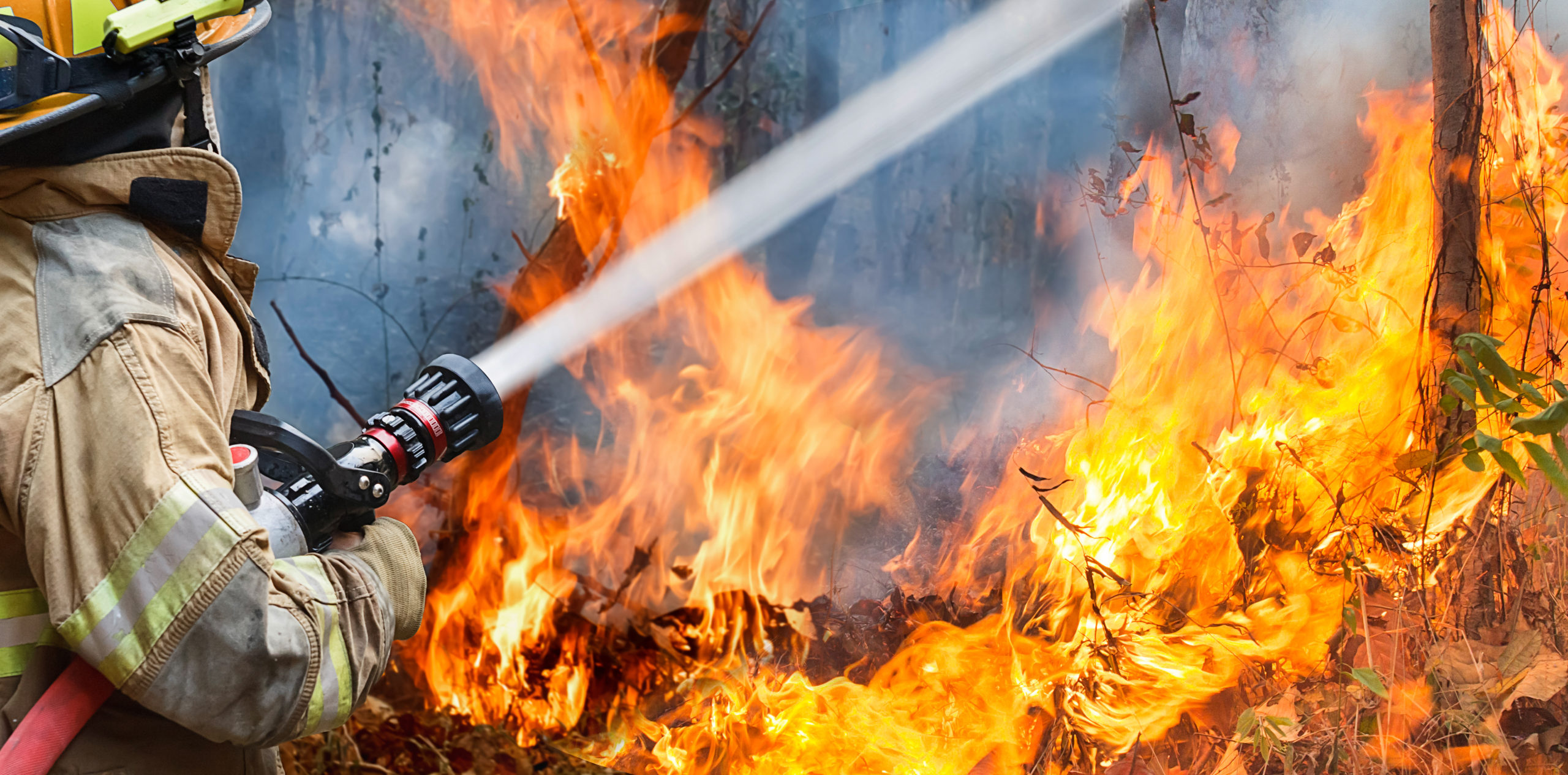The BP Oil Spill: Could this happen in mining?
The blowout on deepwater horizon was caused by a series of errors, classified as questionable decisions [D], mistakes [M] and violations [V]. In the report of events below the bad decisions, mistakes and violations have been identified.
“Internal BP documents show that BP engineers had concerns as early as 2009 that the metal casing BP wanted to use might collapse under high pressure. In March, 2010, the rig was experiencing problems that included drilling mud falling into the undersea oil formation, sudden gas releases, a pipe falling into the well, and at least three occasions of the blowout preventer leaking fluid. According to a report by 60 Minutes, the blowout preventer was damaged in a previously unreported accident in late March, and BP overruled the drilling operator on key operations [V]. BP declined to comment on the report. The American Bureau of Shipping last inspected the rig’s failed blowout preventer in 2005.
On March 10, 2010, a BP executive e-mailed the Minerals Management Service that there was a stuck pipe and “well control situation” at the drilling site, and that BP would have to “plugback the well.” A draft of a BP memo in April warned that the cementing of the casing was unlikely to be successful. Halliburton, a week after the explosion, said that it had finished cementing 20 hours before the fire, and that it cemented the Macondo well but had not set the final cement plug to cap the bore as “operations had not reached a stage where a final plug was needed” [D]. A special nitrogen-foamed cement was used which is more difficult to handle than standard cement.
In late April, 2010, Adrian Rose, a vice president of Trans-ocean, Ltd., said that workers had been performing their standard routines and had no indication of any problems prior to the explosion. However, preliminary findings from BP’s internal investigation released by the House Committee on Energy and Commerce on May 25 indicated several serious warning signs in the hours just prior to the explosion. Equipment readings indicated gas bubbling into the well, which could signal an impending blowout [V].
The fire aboard the Deepwater Horizon reportedly started at 9:45 p.m. CDT on April 20, 2010. According to Transocean executive Adrian Rose, abnormal pressure accumulated inside the marine riser and as it came up it “expanded rapidly and ignited”. According to interviews with platform workers conducted during BP’s internal investigation, a bubble of methane gas escaped from the well and shot up the drill column, expanding quickly as it burst through several seals and barriers before exploding. Rose said the event was basically a blowout. Survivors described the incident as a sudden explosion which gave them less than five minutes to escape as the alarm went off.
At an April 30 press conference, BP said that it did not know the cause of the explosion. Transocean chief executive Steven Newman described the cause as “a sudden, catastrophic failure of the cement, the casing or both.” The heavy drilling mud in the pipes initially held down the gas of the leaking well. When managers believed they were almost done with the well, they decided to displace the mud with seawater [M]; the gas was then able to overcome the weight of the fluid column and rose to the top.“
Source: Wikipedia report on BP Oil Spill, June 4 2010
Firstly, could the same decision making situation develop in mining as well? Yes, it could. Just as in the cases of Chernobyl and the Challenger, psychological effects have played an important role in the framing of the organizational behaviour which allowed the accident to happen. The most important effects James Reason mentions in his report “the Chernobyl errors” are:
- Forgetting the power of the beast. Operators get so used to working with large and potentially dangerous objects that they forget the potential impact of a mistake.
- Rationalizing away. What are the odds that something will go wrong? It won’t happen to us!
- Trusting the others will know/act. Especially in interaction between groups uncertainty is not shown. In the Deepwater case the interaction between Trans-ocean, BP and contractors will have contributed to this situation of groupthink.
Secondly, are there situations in mining that could have an impact comparable to the oil leak in the Gulf of Mexico? The fact that it takes some time to think about examples shows just how much we are used not to think about potential consequences of our actions. Both thehealth/safety and the environmental impact of the blow out can certainly be matched in mining. The numerous mine explosions in coal mining, slides in open pit mines and caving above underground mines are just examples. “The big one” could happen anytime and anywhere. Similarly, breaking tailings dams, uncontrolled leaching operations and many other process related accidents could destroy the flora and fauna in a large area, especially when the poison is spread by a river.
Finally, mining shares the schizophrenic safety culture with the petroleum industry. Most companies are very strict about personal safety, but relentlessly driven by production targets in operations at the same time. This culture results in a frequent disregard of potential hazards or even violation of “redundant rules” in making operational decisions that do not directly appear to be related with personal safety. In the BP case this was the cementing of the casing, in the mining case this could be the spacing of boreholes or the dewatering of a dump. As long as miners don’t learn to think about the power of the beast, an “oil spill” could certainly happen in mining.
©2010 – thebusinessofmining.com
More News
{{ commodity.name }}
{{ post.title }}
{{ post.date }}

Comments